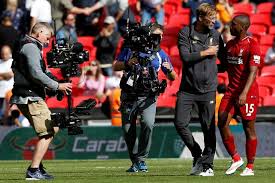Last Updated on February 18, 2024 by Nasir Hanif
To seek a better understanding of what has been said about Didactics in Soccer, we are going to focus on the following questions of interest:
Learning theories for football training
Soccer training from a cognitive and socio-affective conception based on game situations. Soccer training as a process of didactic intervention
In this section we are going to refer to the didactic processes of the coach, trying to find some explanations about:
Why do you train or carry out the training?
Orientations and purposes of the training
Who do you train? In this matter, it will be necessary to consider the personal characteristics of the players, the conditions of the team and the context in which they find themselves.
What does he teach in training?: objectives and contents (physical, technical-tactical, cognitive and socio-affective).
How do you teach or develop the practice of coaching? We are alluding to the coach’s methodology that will lead to the actions that learning intends to develop.
As a unifying aspect of the questions we have made, we are going to focus on the processes of didactic intervention.
Delgado Noguera (1991), identifies the didactic intervention as a global term in which everything related to the role assumed by the teacher within the teaching and learning process is to be identified (in our case it would be the soccer coach). We understand the important role that he plays as a professional in his training and mediating role in the action that he carries out. For this reason, the intervention will be crucial, more or less responsible with respect to the purposes and approaches that are made from the club or institution and the coach’s own ethics for forecasting and acting in training.
If we deal with training as a didactic process,
we have to see that the coach has to make a series of decisions that will be highly mediated by the didactic model that prevails in him, that is, by the way of conceiving and putting into practice the process of teaching and learning football. For this, he must contemplate different moments in which he must prepare what he is going to develop; at the moment he acts, he will have to energize the group of players, motivating them, presenting them with tasks, organizing the training space, managing the dynamics and social relationships, as well as analyzing and evaluating (feed-back) the activities to facilitate achievement of training objectives. And of all this,

